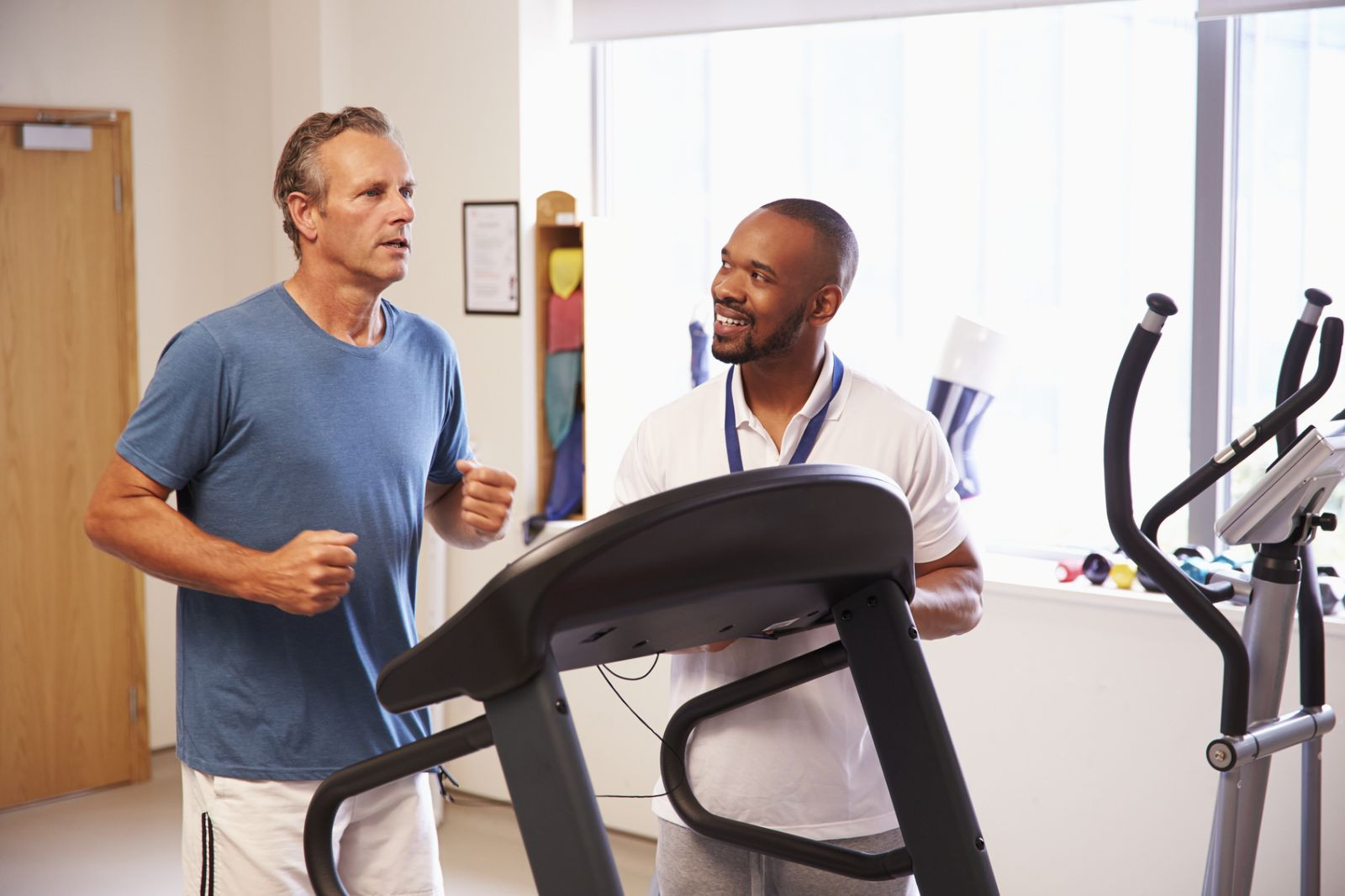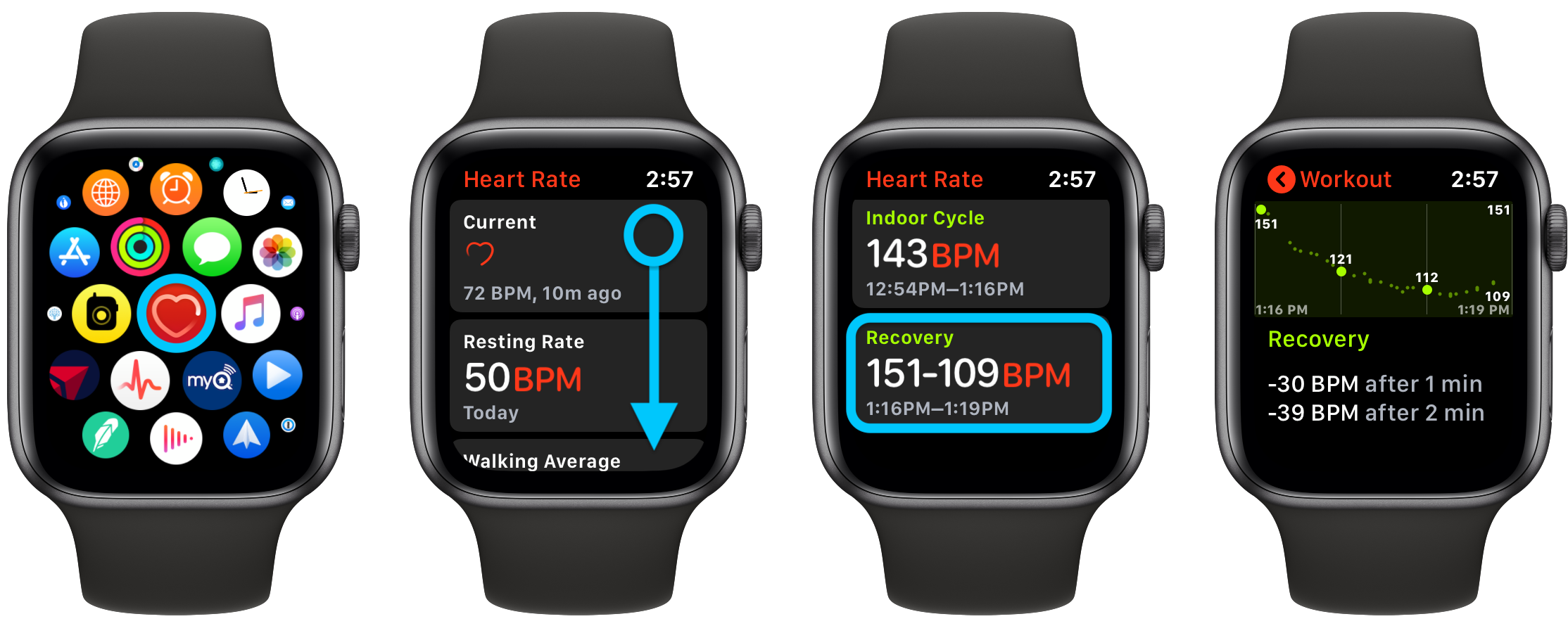How Atrial Fib With Rvr can Save You Time, Stress, and Money.
The 30-Second Trick For Atrial Fibrillation With Rvr
Table of ContentsSome Known Incorrect Statements About Medical Alert Watch For Seniors Things about Afib With Rvr EcgAfib With Rvr Ecg Things To Know Before You Get ThisUnknown Facts About Blood Oxygen MeterEverything about Remote Patient Monitoring DevicesAll about Home Blood Pressure
Technology will progress so that we will certainly quickly be able to unobtrusively keep track of a large range of our bodies' processes heart rhythm, blood pressure, blood sugar level and even more generating streams of individual wellness information. Even today, my heart's rhythm might have been examined with a Band-Aid-like spot, needing no wires or large display.
Describe present healthcare facility methods for constant telemetry tracking. Appreciate essential referrals from the Update to Practice Specifications for Electrocardiographic Tracking from the American Heart Association. Recognize dangerous techniques and also usual mistakes associated with telemetry surveillance, especially when done from a remote area. Listing approaches to boost closed-loop interaction in between remote telemetry keeping an eye on personnel as well as bedside registered nurses.
A 78-year-old lady with a history of innovative mental deterioration, persistent obstructive lung condition, high blood pressure, as well as coronary infarction (CHF) was offered the medical facility from a nursing center with fevers and complication. At standard, she was minimally spoken and needed assistance with all her activities of daily living. In the emergency situation division, the client had a high temperature as well as satisfied criteria for blood poisoning.
The Buzz on Hospital Heart Monitor
Her various other research laboratory worths were normal. Her admission electrocardiogram was unmodified from a prior one and showed no evidence of heart ischemia. She was provided intravenous liquids and antibiotics. As a result of her history of CHF, she was confessed to a device with telemetry monitoring. At this institution, telemetry surveillance was done from another location, with the monitoring tools and also team based in one more component of the health center.
The individual had a low-grade high temperature (38. 2C) and a heart rate of 102 beats per minute, yet her crucial indicators were or else typical. She was conscious but neither connecting nor following commands. The registered nurse inspected to make certain the patient had received the intravenous fluids as well as anti-biotics. Constant monitoring of a patient's electrocardiographic (ECG) waveform is common in healthcare facilities.
On non-ICU devices, clients typically use a mobile telemetry screen that medical alert watches with fall detection sends to a receiver, allowing the client's ECG waveforms to be displayed on a main display bank. The main screen with the lookings up is often on the same system as the person and also occasionally in an additional component of the health center (as in this situation).
Not known Incorrect Statements About Paroxysmal Atrial Fibrillation
This person appeared to be hemodynamically steady and also did not require to be in an ICU, but did she need to be on telemetry? As a general principle, clients must just be put on telemetry if they meet particular signs for monitoring. According to the Update to Practice Specifications for Electrocardiographic Surveillance in Medical Facility Settings (an agreement collection of suggestions from a number of essential professional organizations cultures) (1), although intense decompensated heart failing is an indicator for ECG monitoring, a background of cardiac arrest is not.
Therefore, telemetry monitoring was appropriate for her, though surveillance tracking with continual pulse oximetry might have been thought about instead. That was enjoying the monitors? Duty for observing telemetry monitors varies throughout healthcare facilities. At some medical facilities, no person person is entirely appointed to see the monitors; rather, bedside registered nurses occasionally observe the monitors and pay attention for alarm systems while additionally providing client care.
Various other healthcare facilities have dedicated monitor watchers who view a financial institution of screens but do not have duty for direct individual treatment. Display viewers have actually been described as "workers whose job it is to watch the central cardiac display as well as alert clinicians of person occasions."(2) In some medical facilities, nurses are monitor viewers, whereas in others technicians (supervised by a registered nurse) offer in this duty.
A Biased View of Heart Rate Watch
In 2011 as well as 2016 national studies on scientific alarm systems, the Health care Technology Foundation located that 47% and also 48% of participants, specifically, reported that they operated in healthcare facilities that use screen viewers.(3,4) One national survey especially addressing the usage of monitor spectators discovered that 61% of respondents functioned at hospitals that used display watchers.(2) In this instance, the screen spectators were "posted in an additional component of the healthcare facility." In the same nationwide study, 62% of respondents that functioned at healthcare facilities that made use of monitor viewers reported that those display watchers were posted off the individual care uniteither in a central place elsewhere in the health center (56%) or in a different building (6%).(2) Remote telemetry surveillance might be a growing fad as medical facilities are settled into bigger wellness systems and may also take place in another geographic area.
One benefit of having screen spectators on the professional device is their capability to examine as well as validate an alarm system with prompt individual assessment.(5) They additionally might be much more likely than active bedside registered nurses to guarantee appropriate electrode placement and the setup of ideal alarm parameters. Nonetheless, provided the frequency of false-positive alarms, several alarm systems need to be validated by a certified clinician laying eyes on the individual.
Other threats associated to remote telemetry monitoring consist of the possible thrilling effect of watching multiple display displays at the same time, triggering fatigue as well as decreased vigilance. One research (6) reported that duty for greater than 40 individuals each time considerably postpones recognition of major arrhythmias. A 2nd danger is the possibility for fragmented care.
9 Easy Facts About Portable Pulse Oximeter Shown
After getting in the patient's space to examine early morning vital indications 6 hrs later, the nurse discovered her to be unresponsive and apneic, with no apparent pulse. A Code Blue was called, and breast compressions were launched. The patient was found to be in asystole as well as after around 20 mins of resuscitation efforts without any return of spontaneous circulation, she was noticable dead.
 The Single Strategy To Use For Body Temperature Watch
The Single Strategy To Use For Body Temperature Watch
The team assessed the telemetry tracings and uncovered that the service technician who was remotely enjoying the telemetry monitor recognized dynamic bradycardia and also called the hospital flooring numerous minutes before the code. The registered nurse caring for the patient was active with one more patient, so the professional was positioned on hold. He remained to wait; while on hold, he observed intensifying bradycardia on the telemetry display, ultimately transitioning to asystole.
 What Does Home Blood Pressure Do?
What Does Home Blood Pressure Do?
He questioned if either they were already looking after the client or possibly it wasn't truly asystole. By that factor, the nurse had uncovered the person and also started the Code Blue. The establishment wanted to discover this event and the various other common safety concerns with telemetry surveillance, particularly remote monitoring, and identify ideal practices for preventing such mistakes in the future.
How Heart Rhythm Monitor can Save You Time, Stress, and Money.
Sadly, as is perhaps true in this situation, telemetry monitoring may be seen by the prescriber or bedside registered nurse as a surrogate for closer monitoring or a service to insufficient staffing. The key function of telemetry tracking is to observe ECG waveforms, not offer as an alternative to analysis of breathing, patterns in crucial signs, neurological condition, or many other evaluations.
A complete evaluation of the hospital's criteria for individual analysis should have belonged to the origin evaluation. (Factor to consider of the patient security problems connected to frequency of patient analysis in the hospital is beyond the extent of this commentary.) The regularity of injury pertaining to remote telemetry surveillance is not known.